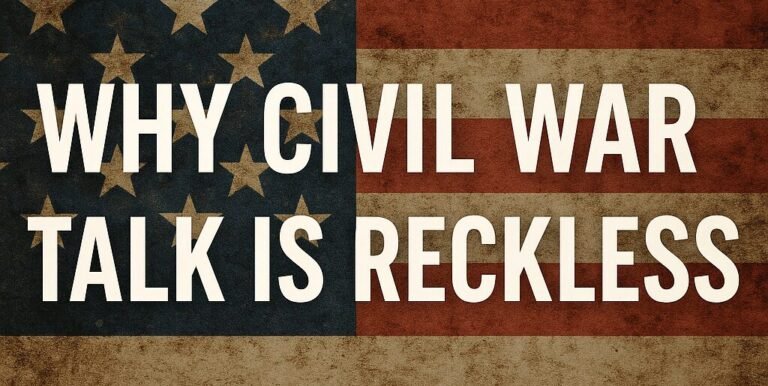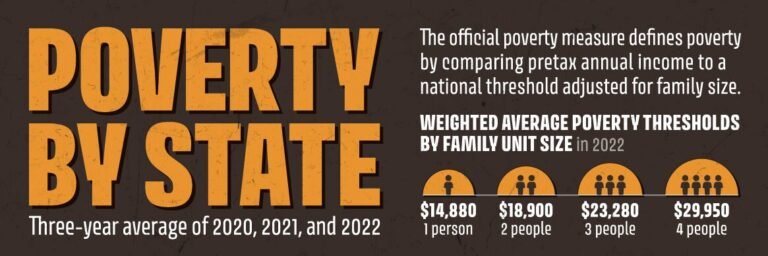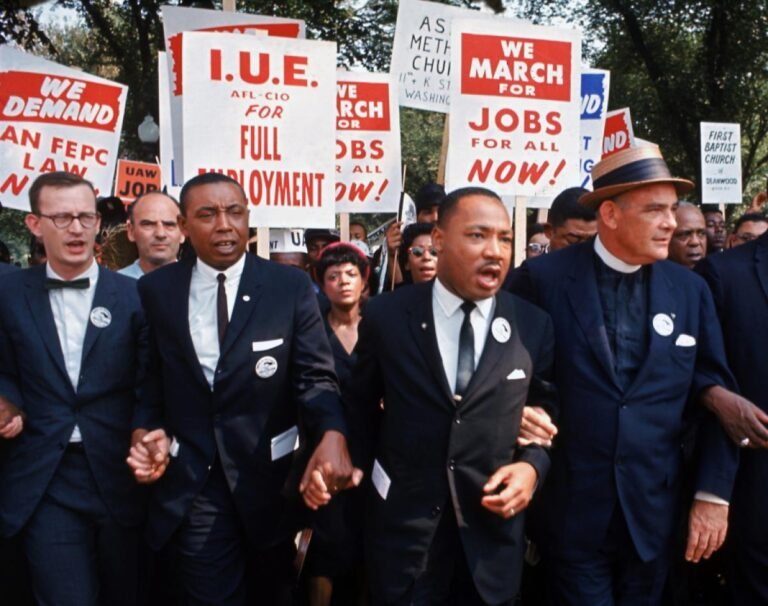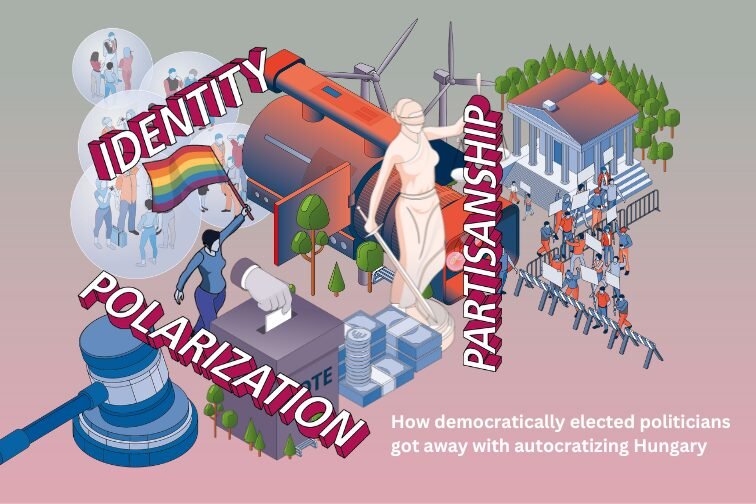A Blue Print for WorkPlace Justice
In the past few months, I read a book that struck a chord with me on a profound level. On top of that, it motivated me to get in touch with the author through LinkedIn. As a result of the fact that I purchased and read the book in the year 2023, it has taken me additional time than I would have planned to devote to writing about the book. On the other hand, considering the subject matter, the fact that it resonated with my own personal experiences as well as the experiences of a large number of my fellow coworkers, and the shifting winds of justice protection around the nation, the subject matter is pertinent and timely to a great number of people in the workplace.
The dramatic and true-life narrative of a Black women who confronts the institutionalized prejudice that she encounters in her place of employment is told in the book, “Hush Money”. We gain an understanding of the covert obstacles and subtle forms of prejudice that frequently go unreported in business environments as a result of her experience. Not only does her narrative tell the story of her own personal journey, but it also serves as a wake-up call about the realities faced by Black people in professional settings and the dangers that individuals face when they attempt to address them. In this post, I reflect on some of the most important ideas that are discussed in the book, including how to deal with microaggressions and retaliation, the significance of allies, navigating performative allyship, the wisdom of keeping good notes, and the necessity of being resilient and grounded.
Subtle Discrimination and Microaggressions

One of the most crucial insights from the author’s narrative is that bigotry often hides beneath the surface, rarely showing itself in overt ways—at least, until recent years when people have become bolder in displaying their biases. More often, however, bigotry is subtle, harder to pinpoint, challenge, or even prove. Microaggressions are prime examples: offhand remarks, jokes, or attitudes steeped in prejudice, yet so understated they can be difficult to call out. I previously wrote about the insidious nature of unconscious bias, highlighting how small gestures—side glances, dismissive comments—might seem minor but collectively create a toxic environment for Black individuals and other marginalized groups. This reality pushes readers to recognize and confront these seemingly minor biases, highlighting how discrimination often exists within everyday interactions.
Legal and Emotional Hurdles
When it comes to dealing with prejudice, one of the most challenging aspects is documenting it in a way that is legally sound, particularly when it is subtle. The author describes how difficult it was to collect evidence to demonstrate racial bias (which is extremely challenging but not impossible with the correct guidance), particularly in the case of microaggressions, which do not leave a clear record. Additionally, the emotional toll can be quite severe! I have known people who have needed couseling for many years after working in a hostile work environment—it is no different from other forms of PTSD. When someone is forced to deal with discrimination, they may experience feelings of stress, isolation, and anxiety, all of which can wear them down. What affects the mind affects the body, and what affects the body affects the mind. The book emphasizes the importance of having mental resilience and a support network, as well as a well-defined work strategy, in order to confront these obstacles effectively, both legally and emotionally.

In an earlier blog post, I encouraged my readers to keep a daily journal, which is something I have been doing for a number of years now. There have been moments in my life when I have maintained a daily journaling routine, and there have also been times when I have not. Regular journaling, in my opinion, can be beneficial to the development of young professionals by exercising long-term introspection. Journaling is important in other ways as well, including the fact that it preserves experiences in real time and, when combined with other records, it can be especially helpful in the event that an individual or organization is ever required to file a formal complaint or hold someone or something accountable. Writing in a journal can also serve as a “canary in a coal mine,” providing real-time insights about whether or not a particular work setting is healthy for one’s professional or personal relationship.
Career Risks and Retaliation
Speakin gup for yours elf, even when in the right, comes with real risks. This cannot and should not be understated. Standing up to racism or any form of discrimination in the workplace can be a real risk to someone’s career and livelihood. Speaking out has led to isolation, halted career progress, or worse—losing the job entirely. The author talks about facing retaliation tactics like extra scrutiny, social isolation, and unfair criticism from her colleagues and managers. Her story shows how challenging it can be to address systemic problems, especially when the workplace seems more concerned with its image than with real inclusivity.

The Role of Allies and Thoughtful Communication

Ideally, I hope you can develop deep friendships at work. Friendships are very different for allyships, and its really important for young professionals to know the difference. But allies can be very good too. Navigating these tough situations is a little easier with allies—people who validate your experience and offer support. Friends and allies can make a huge difference by providing a buffer against backlash. The book also talks about the importance of strategic communication. The author points out that accusations without solid backing can backfire, so careful, well-documented communication is key. Her advice is to keep emotions in check and ensure there’s clear evidence to support any claims.
Documenting Evidence and Staying Resilient

One of the most effective tools in the fight against workplace discrimination is documentation. The author kept careful records of each discriminatory incident, noting dates, times, and who was involved. This approach was crucial for backing up her claims, proving that thorough documentation is an essential tool for accountability. She also stresses the importance of resilience and self-care—things like therapy, taking time for yourself, and building a strong support network can help maintain well-being through the process.
Holding on to Hope for Change
Hush Money gives readers with a sense of hope, despite everything that has happened, including the emotionally draining experience of being discriminated against in the workplace. The author’s path demonstrates that although it is not simple and at times might be a slow process, it is feasible to change systems. Her tale serves as a reminder that there is a way to hold people accountable and to advocate for more equitable workplaces, provided that the appropriate techniques, support, and resiliency are utilized.

Conclusion
Hush Money does more than just share one woman’s battle against racism—it also provides guidance for anyone facing similar struggles. It highlights the power of resilience and smart tactics in fighting bias and gives a blueprint for those committed to pushing for equity. In the end, the author’s story is one of strength and persistence, showing that even small actions can add up in the fight against workplace discrimination.
Reflective Questions
- How can workplaces offer better support to employees who speak out against discrimination?
- What can individuals do to protect their careers while taking a stand against systemic racism?







